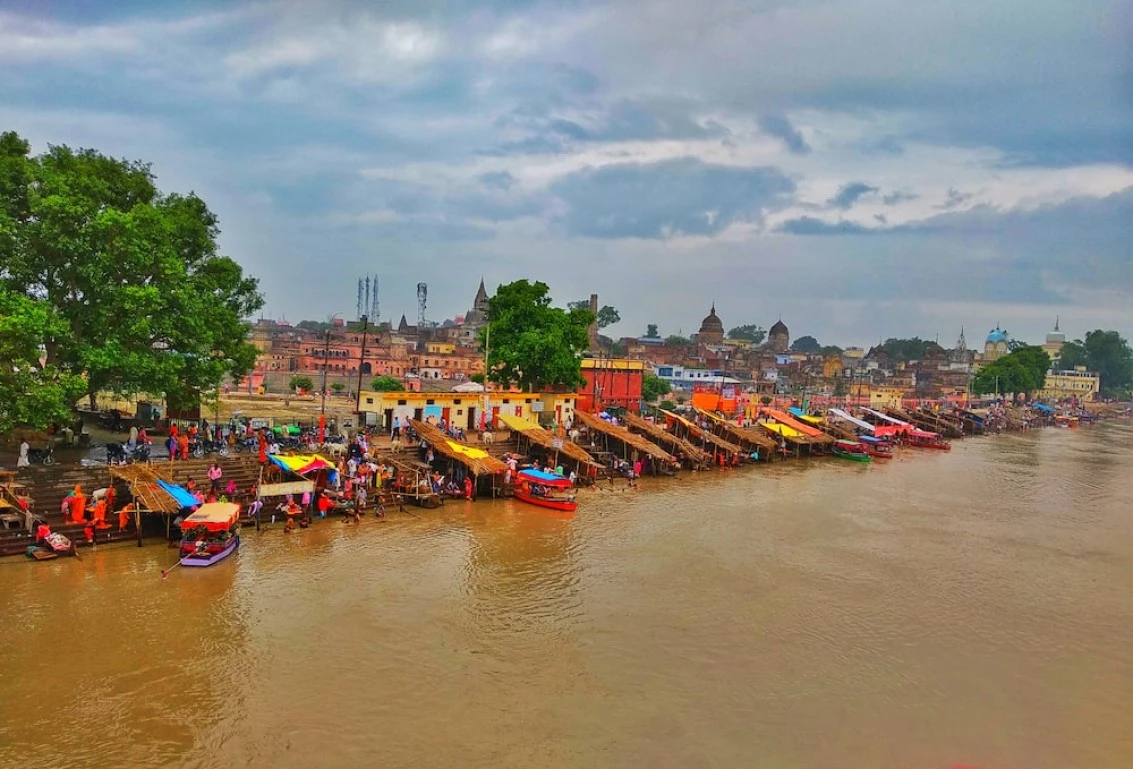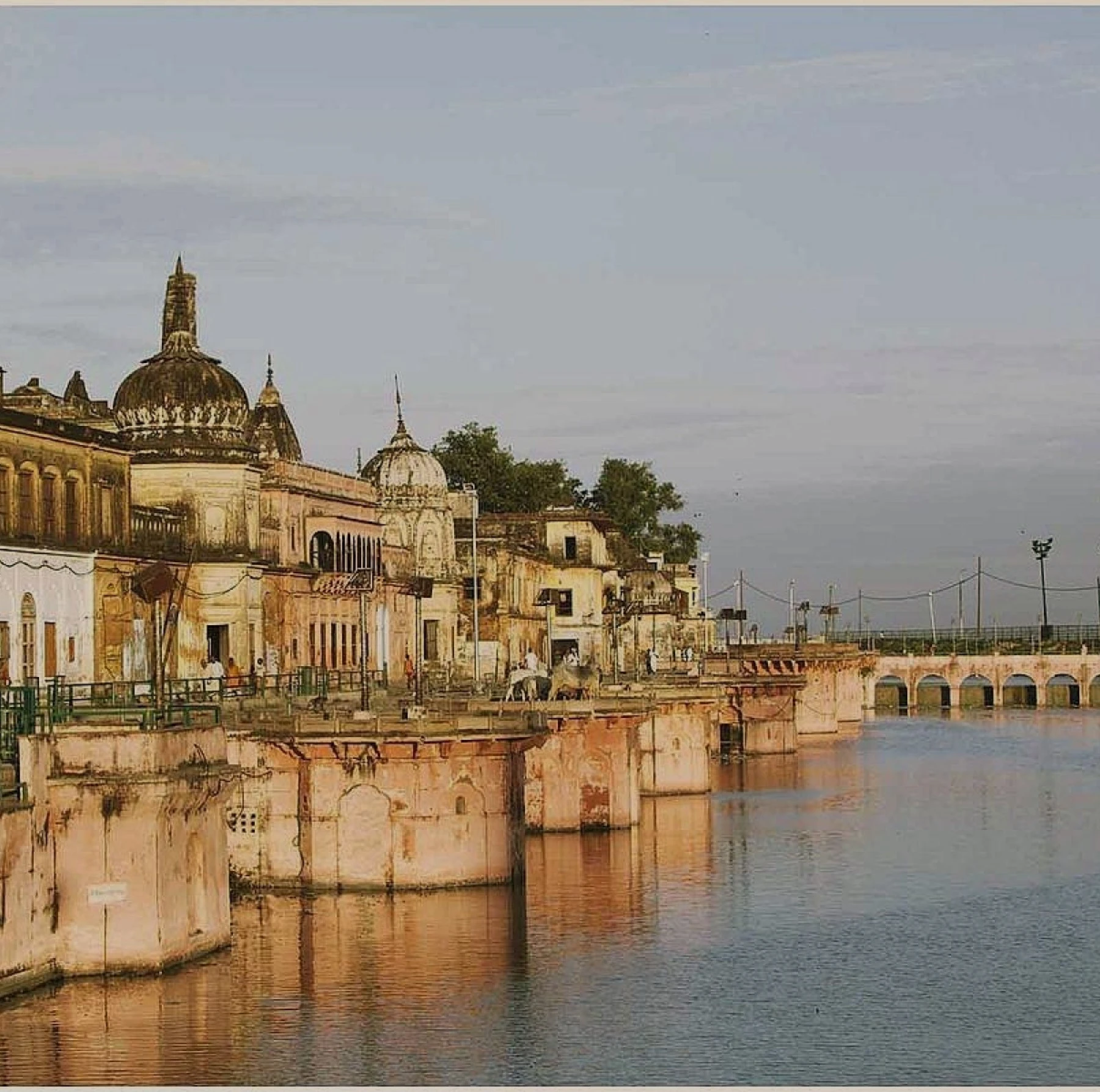Ayodhya, a city steeped in spiritual aura and mythological significance, offers a journey of faith and devotion through its numerous temples and religious ceremonies. A visit to Ayodhya is an opportunity to witness and participate in age-old rituals and traditions that are deeply embedded in the city’s cultural fabric. This article explores the temples and ceremonies that form the essence of sacred sojourns in Ayodhya, providing a guide for those looking to immerse themselves in the spiritual experience.
Ram Janmabhoomi: The Epicenter of Devotion: The Ram Janmabhoomi temple, believed to be the birthplace of Lord Rama, is the heart of Ayodhya’s spiritual landscape.
- Significance and Experience: As a symbol of devotion and history, the temple attracts pilgrims seeking spiritual solace and connection with Lord Rama.
- Visiting Essentials: Be aware of the temple timings, dress codes, and guidelines to ensure a respectful visit.
- Participation in Rituals: Visitors can participate in various rituals and prayers, enhancing their spiritual experience.
Key Points:
- Symbol of Ayodhya’s spiritual and historical significance.
- Follow temple guidelines for a respectful experience.
- Participate in rituals for a deeper spiritual connection.
Hanuman Garhi: A Shrine of Faith and Strength: Hanuman Garhi, dedicated to Lord Hanuman, is revered for its unique hilltop location and is an integral part of Ayodhya’s spiritual journey.
- The Climb to Devotion: Ascending the steps to the temple is considered an act of devotion, symbolizing the ascent to spiritual enlightenment.
- Spiritual Offerings: Devotees often visit Hanuman Garhi to offer prayers and seek blessings for strength and courage.
- Cultural Richness: The temple offers insights into the role of Lord Hanuman in the epic Ramayana and Ayodhya’s cultural narratives.
Key Points:
- Climbing the steps is a symbolic act of devotion.
- Place for offering prayers to Lord Hanuman.
- Insights into Lord Hanuman’s role in the Ramayana.
Evening Aarti at Sarayu River: A Celestial Experience: The evening Aarti at the Sarayu River is not just a ceremony but a celestial experience that encapsulates the spiritual essence of Ayodhya.
- Atmosphere of Devotion: The Aarti, with its rhythmic chants and lit lamps, creates a divine ambiance by the river.
- Engagement with Rituals: Visitors can participate in the Aarti, experiencing the communal spirit of worship and devotion.
- Tranquility of Sarayu: The Aarti offers a moment of tranquility and reflection by the holy river, enhancing spiritual well-being.
Key Points:
- Divine ambiance during the evening Aarti.
- Participation in communal worship.
- Experience tranquility and reflection by the Sarayu River.
Kanak Bhawan: An Abode of Grace and Beauty: Kanak Bhawan, dedicated to Lord Rama and Goddess Sita, stands as a testament to divine grace and architectural beauty.
- Spiritual and Artistic Splendor: The temple is revered for its beautiful idols and exquisite architecture, drawing devotees and art enthusiasts alike.
- Celebratory Festivals: It plays host to vibrant festivals and rituals, especially those related to Lord Rama and Goddess Sita.
- Pilgrimage Experience: Visiting Kanak Bhawan is an essential aspect of the pilgrimage in Ayodhya, offering a blend of devotion and cultural richness.
Key Points:
- Known for its divine idols and architectural splendor.
- Host to vibrant festivals and rituals.
- An essential visit for a complete pilgrimage experience.
Conclusion: Embracing temple visits and participating in religious ceremonies in Ayodhya is a journey into the heart of devotion and tradition. From the historic Ram Janmabhoomi and the revered Hanuman Garhi to the serene Sarayu River Aarti and the magnificent Kanak Bhawan, each site offers a unique spiritual experience. These sacred sojourns in Ayodhya are not just about witnessing religious practices but about immersing oneself in a world of faith, mythology, and cultural richness. They provide an opportunity for spiritual growth, self-reflection, and a deeper understanding of India’s rich spiritual heritage.




